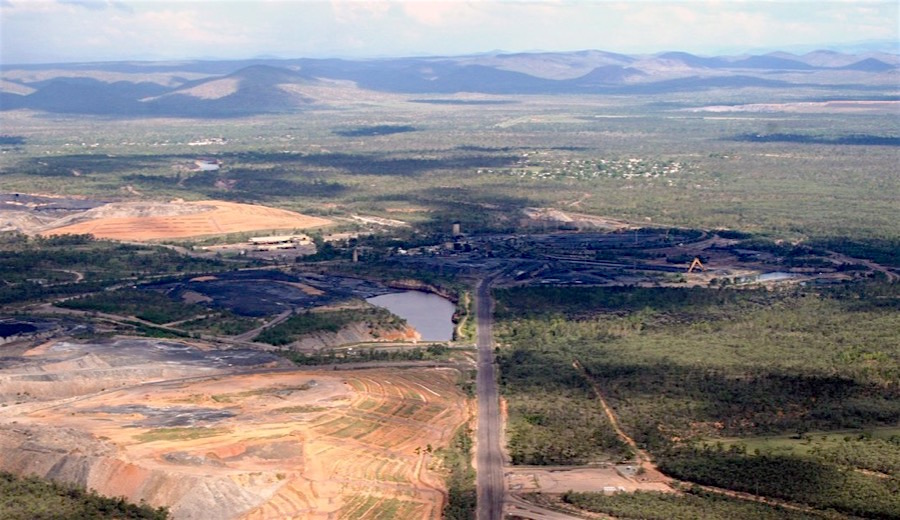Without international agreements to limit greenhouse gas emissions, a
new energy report sees world coal consumption taking off, rising from 139 quadrillion Btu in 2008 to 209 quadrillion Btu in 2035.
The U.S. Energy Information Administration released its International Energy Outlook 2011 on Monday.
While OECD countries, like the U.S., Canada, Australia and Japan, show a flat to declining consumption in coal, the non-OECD countries, namely China and India, show the demand for coal-powered energy exploding.
